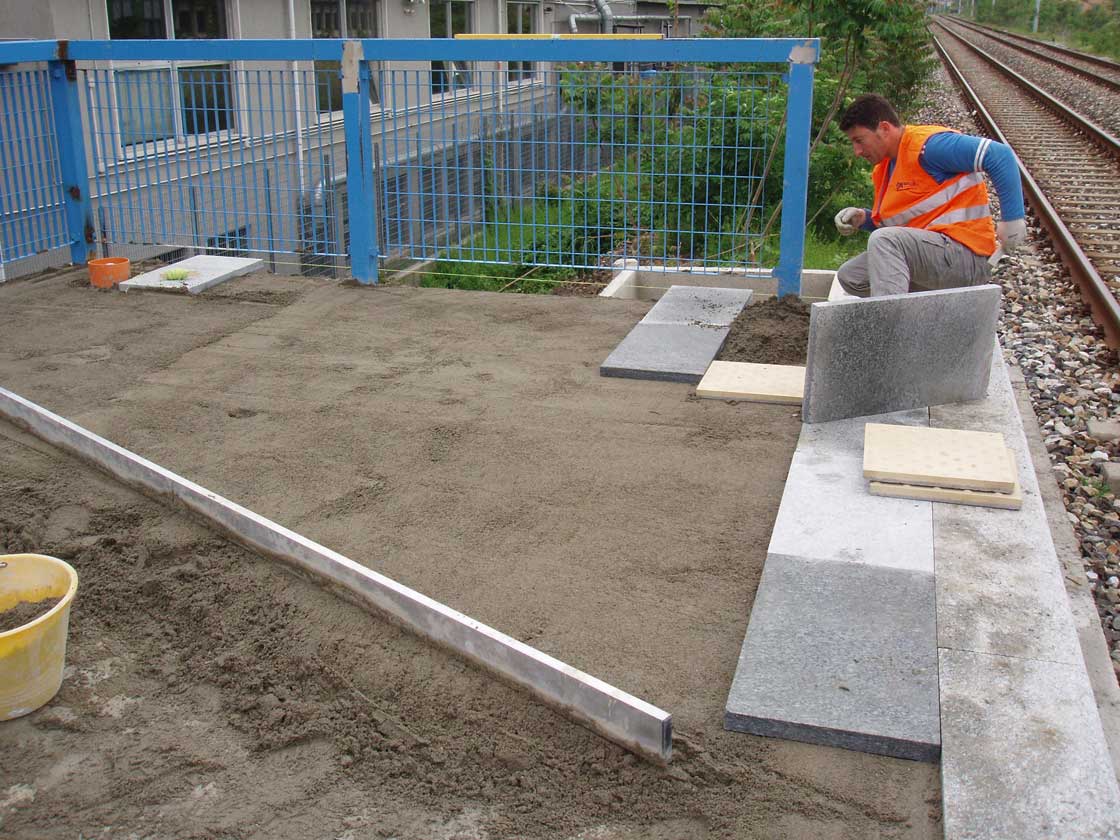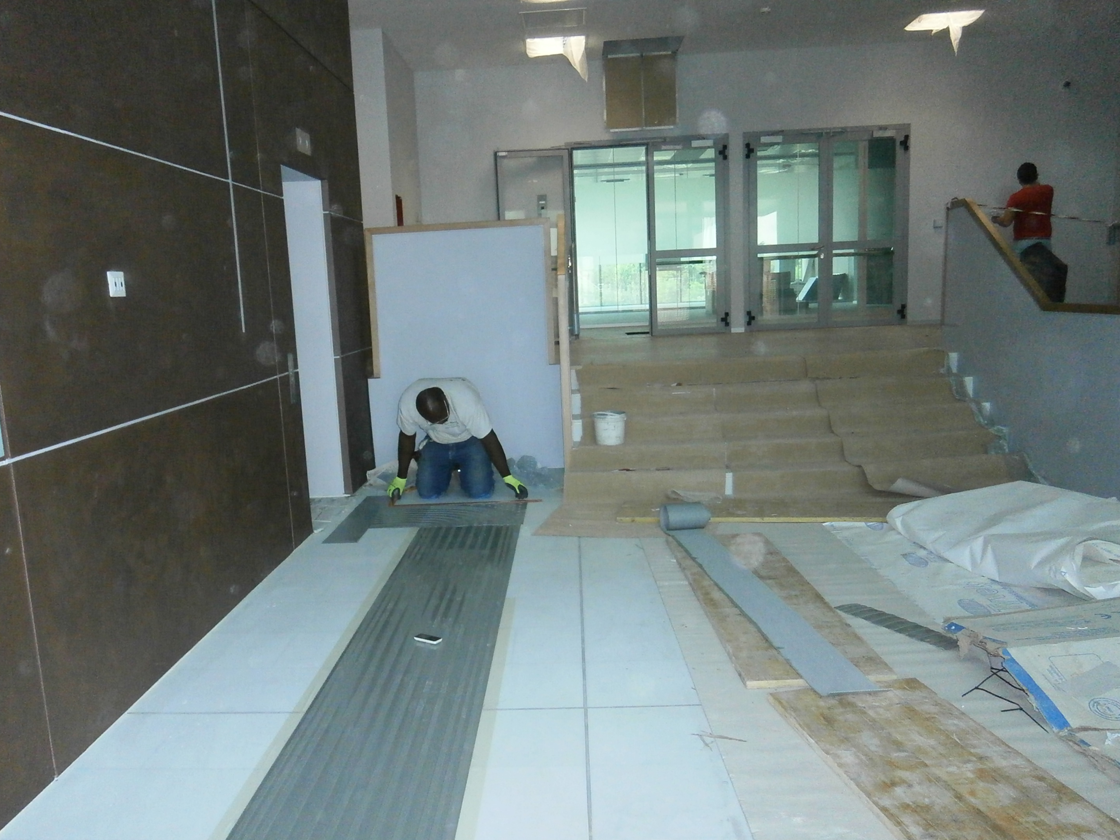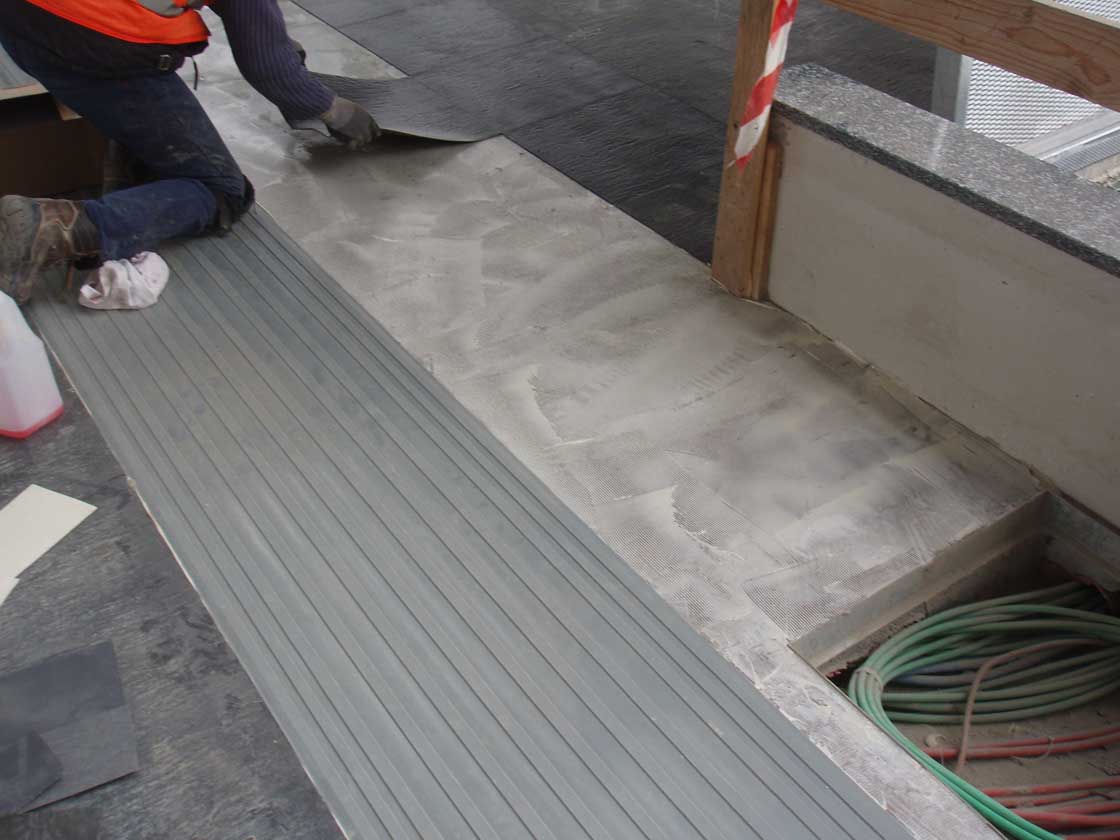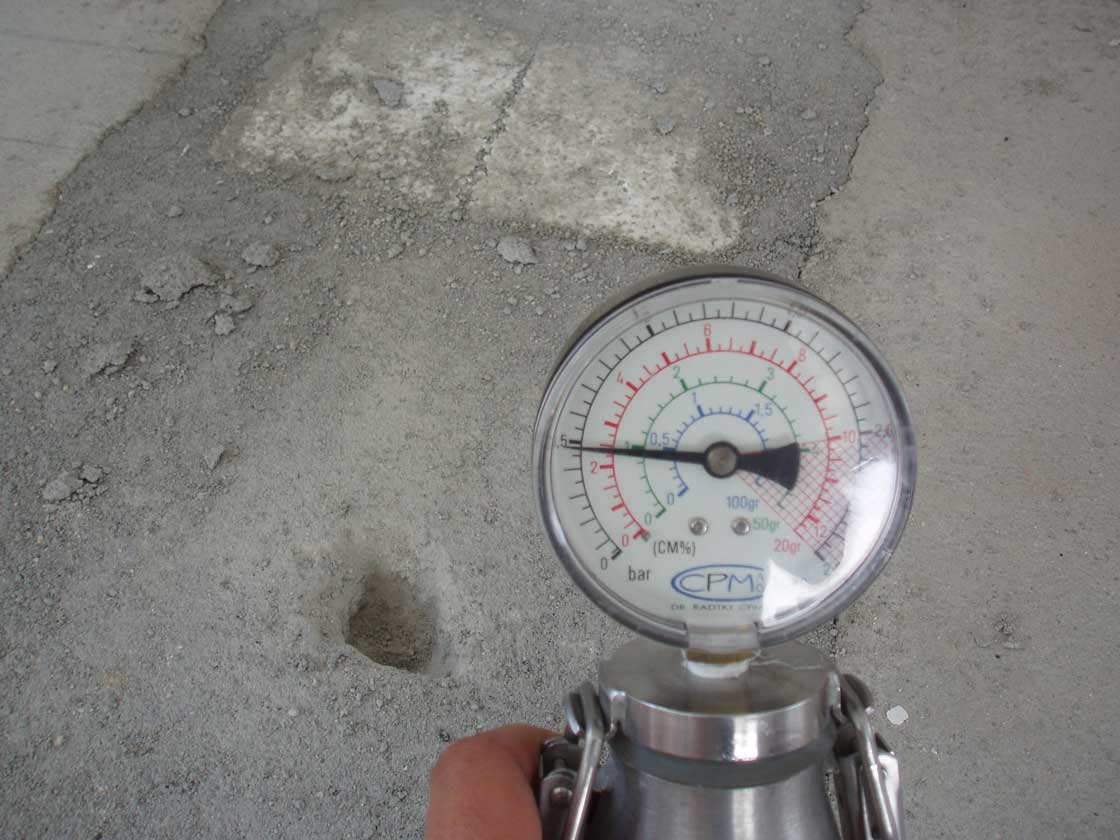Happy Vision is able to provide a turnkey solution that goes from design to delivery and laying.
A good design must be able to identify the prevalent flows, the services of interest for the users, the most convenient and safest routes, the natural guides, the obstacles to be removed or to be indicated properly.
But sometimes not even a good design is not enough: actual conditions on the worksite are sometimes different than what was expected in the design phase. An unexpected obstacle or insufficient dimensions may hinder safe mobility. Happy Vision's thorough understanding of people with visual impairments enables its experts on the worksite to adopt in real time design solutions to the actual conditions of the area that needs to be made accessible.
Depending on the material used, glue, sand or cement are used for installation.
Tactile pathways have to be laid in such a way that they are raised above floor level.
The tiles need to be laid together and on the same level. There must be no spaces between the tiles, so that the unsighted person's white stick can move smoothly without getting stuck.
Tactile pathways have to be given a color that ensures that they stand out from the surrounding flooring so that they can be used by partially sighted people. For example, when rubber pathways are laid, areas exposed to UV rays must be given colors that will not fade over time.
Tactile pathways exposed to atmospheric agents must have the appropriate non-slip properties but this must not hinder the sliding of the white stick over the surface. The tiles must also be laid on the same level, avoiding ramps exceeding 5%, both in order not to increase the risk of slipping and to avoid creating discomfort for anyone who stops on the ramp.
Installing vertical tactile signage requires specific skills too. The maps installed on lecterns on the paving must be anchored to the ground without interfering with the subservices. Wall-mounted lecterns must be installed at the correct height for blind people to read them with their hands and for partially sighted people to read them from a very near distance.
The signs are normally installed without a lectern and must be at a height from the ground that permits correct reading and they are applied with rivets or double adhesive tape, depending on the composition of the support wall. If the sign is installed on a pole, Happy Vision provides specific supports.
Signs to be installed on banisters must be located in the convex shape that takes account of the diameter of the sign.
Happy Vision activates the installation assistance service at the customer’s request.
Happy Vision is the owner of SOA OG1 and OS6.











